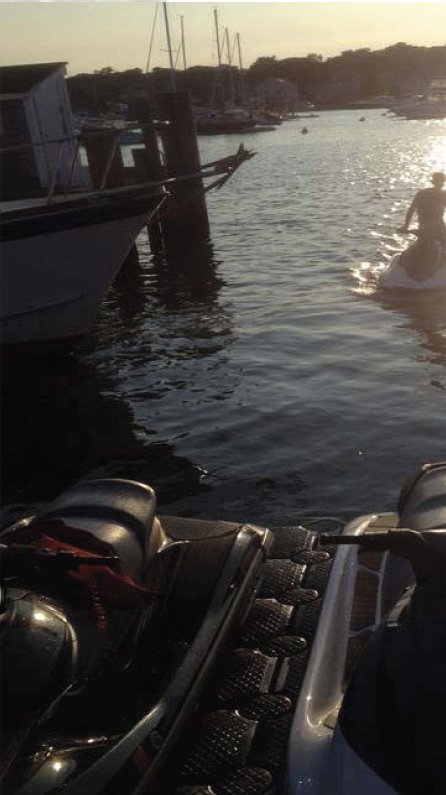 It seems like a lot more people are entering 2014 with a plunge into the icy waters of the Atlantic. We are not sure what makes a person want to do this voluntarily but if you feel the need to shrink all your parts then here are some guidelines that might help you survive the madness.
It seems like a lot more people are entering 2014 with a plunge into the icy waters of the Atlantic. We are not sure what makes a person want to do this voluntarily but if you feel the need to shrink all your parts then here are some guidelines that might help you survive the madness.
There’s nothing quite like starting the year off by taking a swim in freezing waters. If you’re one of those people who want to, quite literally, start the year refreshed by partaking in one of the many Polar Bear Plunges that take place worldwide, you’ll want to read these tips.
Prepare Your Post-Plunge Supplies
There is some strategy to preparing the change of clothes that will greet you after you emerge from the waters, dripping with cold water. The first item you should reach for is a big, dry towel. Underneath the towel, have a good base layer to change into. Stay away from fabrics like cotton, which will hold the moisture. Instead, fabrics like polypropylene will keep the warmth in and moisture out. Next, have a warm sweater or sweatshirt, pants, a hat, and dry socks and shoes to change into. The last two items are crucial; cold, wet feet will make it hard for the rest of your body to warm up.
Don’t Forget a Bag
You’ll need something to place your sopping wet plunge clothes in, so bring a bag to keep the wet material contained. A garbage bag will do in a pinch. Just don’t forget to wash the contents once you get home, or you’re in for a mildew-y mess.
Plan Your Plunging Outfit
The bravest will plunge in only a bathing suit, but most people will layer up a little more than they would in the middle of summer. Bring a pair of shoes to wear in the water (loosely tied old running shoes will do the trick, but sandals will probably be too slippery), and bring a shirt that you can wear in the water. You can always choose to leave these items onshore, but it’s nice to give yourself the option.
Bring a Cheer Squad
It’s more fun to have some friends and family there to support you—and they do a great job of having everything ready for you when you emerge from the water. Encourage them to come along to take photos and cheer. These events often have other (drier) activities for supports to partake in, so everyone will have a good time.
Stay Warm Until the Last Possible Minute
You’re going to get very, very cold—there’s no need to prolong that experience, so keep yourself warm before you plunge. The best way to do this is to move around. Jump around on the spot, or if there is space, walk or jog along the shore until the event officially gets underway.
Walk, Don’t Run!
It’s actually more bearable to walk into the water at a slow and steady pace, than it is to run into the water at full speed. Not only will you find it easier to acclimatize to the water, but you’ll reduce the risk of slipping on rocks or bumping into the other participants.
Contemplating diving? Forget it. The shock to your body will be dangerous, and most official polar bear plunges forbid it in their safety rules, anyway.
Don’t Stay in Too Long!
If you’re tempted to spend a prolonged amount of time in the water, contemplating your resolutions for the year ahead—don’t! Remember, body heat is lost roughly 25 times faster in water than air. You can do plenty of thinking on dry land.
Resist the Urge to Imbibe in a Few Beforehand
Sure, you might think a few drinks before your plunge will warm you up and make the frigid waters seem slightly more bearable. In fact, consuming alcohol before the plunge can be dangerous. Alcohol makes you lose heat quicker, and also makes in harder to heat up afterwards. Save it for a celebratory, post-dip drink.




